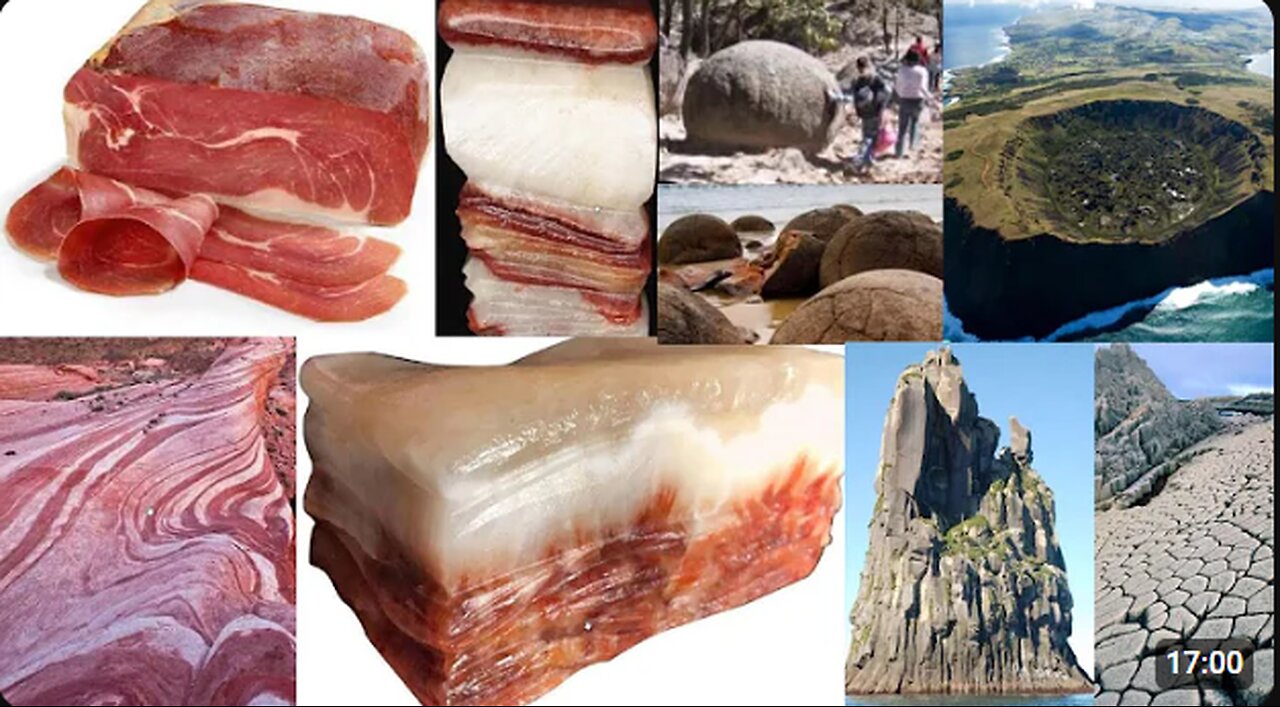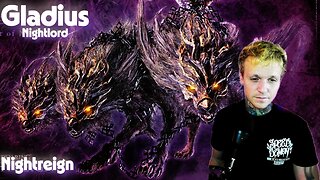Premium Only Content

What You Need To Know About PETRIFIED ANIMALS, TREES, AND GIANTS
Petrification, or fossilization, is the process by which organic material is gradually replaced by minerals, turning plants, animals, and other organisms into stone. Petrified animals and trees are fascinating remnants of ancient life that provide valuable insights into the Earth's history.
Petrified Trees
Petrified trees are the most common and well-known examples of petrified organisms. The process of petrification begins when a tree or plant is buried under sediment, such as volcanic ash or mud, shortly after its death. This burial prevents the decomposition of the organic material. Over time, groundwater rich in minerals like silica, calcite, or pyrite permeates the plant's tissues, slowly replacing the organic material with minerals. As the plant's cells are replaced, the tree's structure is preserved in exquisite detail, including the bark, growth rings, and even cellular structures.
The result is a fossilized tree that has turned to stone but retains the original shape, texture, and sometimes even the color of the wood. Some petrified wood exhibits stunning, multicolored patterns caused by different minerals.
Notable Petrified Forests:
Petrified Forest National Park (Arizona, USA): One of the most famous petrified forests, home to large petrified logs from the Late Triassic period, around 225 million years old.
Lesbos Petrified Forest (Greece): A UNESCO Global Geopark, this site contains fossilized trees dating back 20 million years, some of which are still standing upright.
Ginkgo Petrified Forest (Washington, USA): This forest has a unique variety of petrified trees, including ancient ginkgoes and conifers.
Petrified Animals
While petrified trees are more common, petrified animals can also occur, although this process is rarer due to the more complex structure of animal tissues.
When an animal is quickly buried after death, for example by volcanic ash, sediment, or in an oxygen-poor environment, the same process of mineral replacement can occur. The organic tissues of the animal, such as bones, teeth, and sometimes even soft tissues, are gradually replaced by minerals like silica, calcite, or iron, preserving the animal in stone. In rare cases, details like muscle tissue, skin, or feathers may be fossilized if the conditions are just right.
-
 3:20
3:20
TOWERCLIPS
9 months agoGravity Energy Machine
1362 -
 LIVE
LIVE
Meisters of Madness
1 hour agoFinals and Wuchang!
86 watching -
 LIVE
LIVE
Lofi Girl
2 years agoSynthwave Radio 🌌 - beats to chill/game to
261 watching -
 LIVE
LIVE
BBQPenguin_
2 hours agoTasking & PVP
50 watching -
 LIVE
LIVE
FrizzleMcDizzle
3 hours agoGladius, Creature of the Night - NEW NIGHTLORD - NightReign
53 watching -
 8:31
8:31
MattMorseTV
1 day ago $1.61 earnedTexas just did the IMPOSSIBLE.
70.3K92 -
 5:02:13
5:02:13
Rotella Games
19 hours agoGreen Hell Day 6 | We Have a LONG Way to Go
20.2K4 -
 41:26
41:26
The Mel K Show
6 hours agoMel K & Clay Clark | Financial Success Hides Behind Self Discipline: Five Pillars | 8-24-25
40.4K4 -
 LIVE
LIVE
The Rabble Wrangler
14 hours agoThe Best in the West Plays Battlefield 2042 | Road to BF6 Grind
38 watching -
 2:29:17
2:29:17
JTtheSG
3 hours agoLIVE Replay - Back To The Deadzone!!!
22.2K